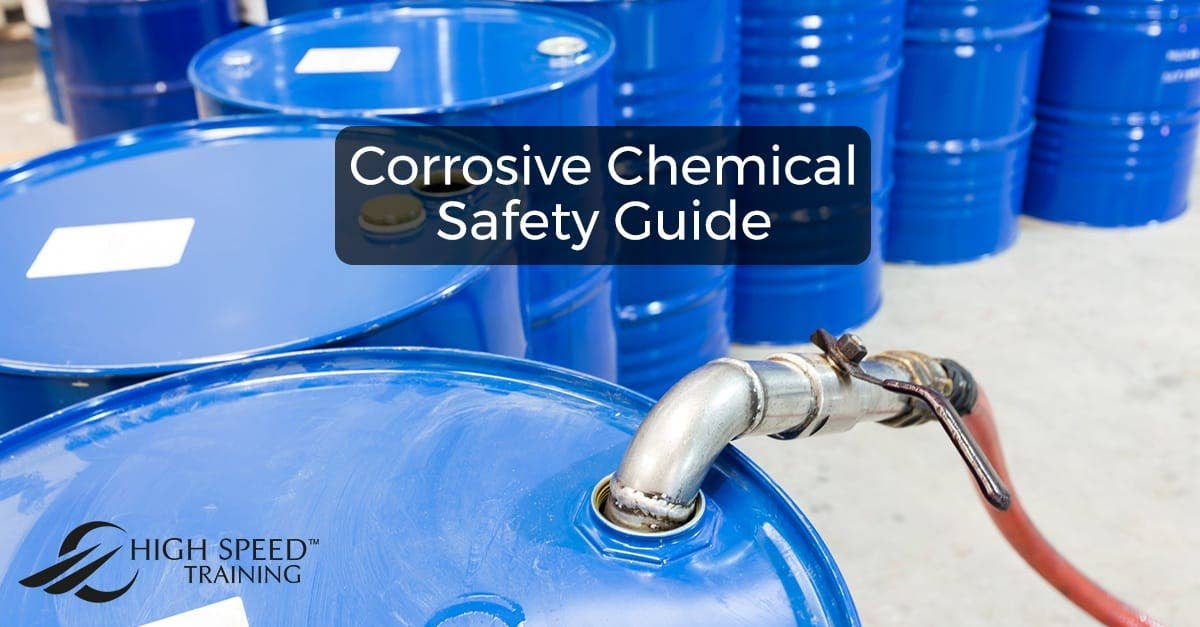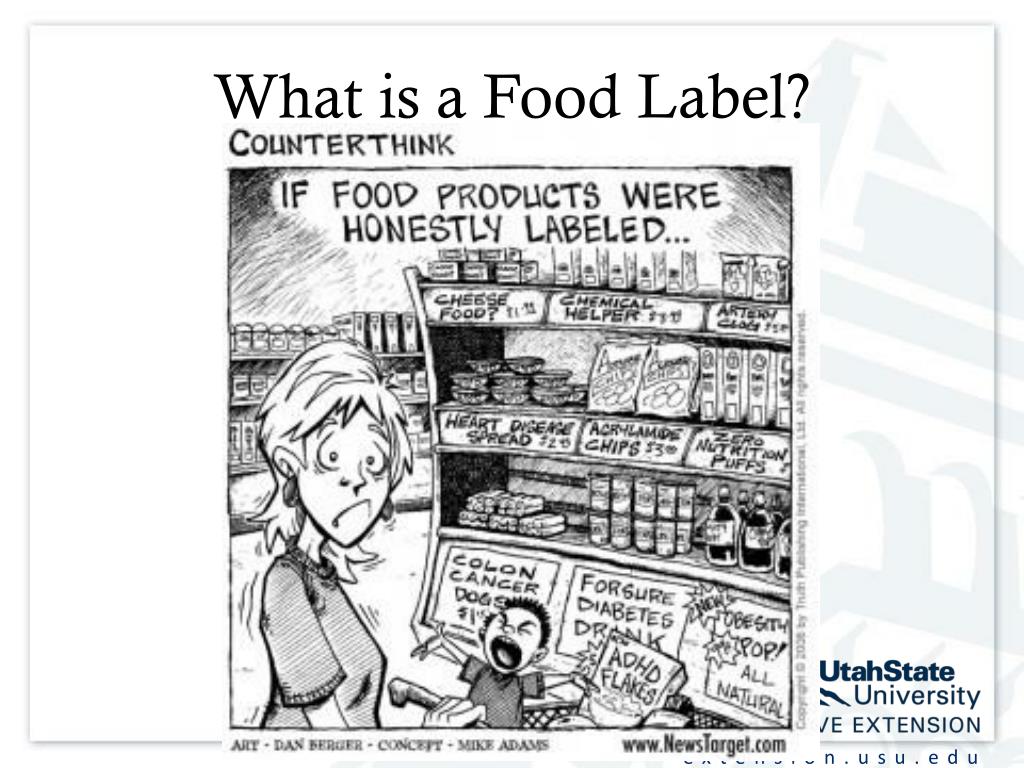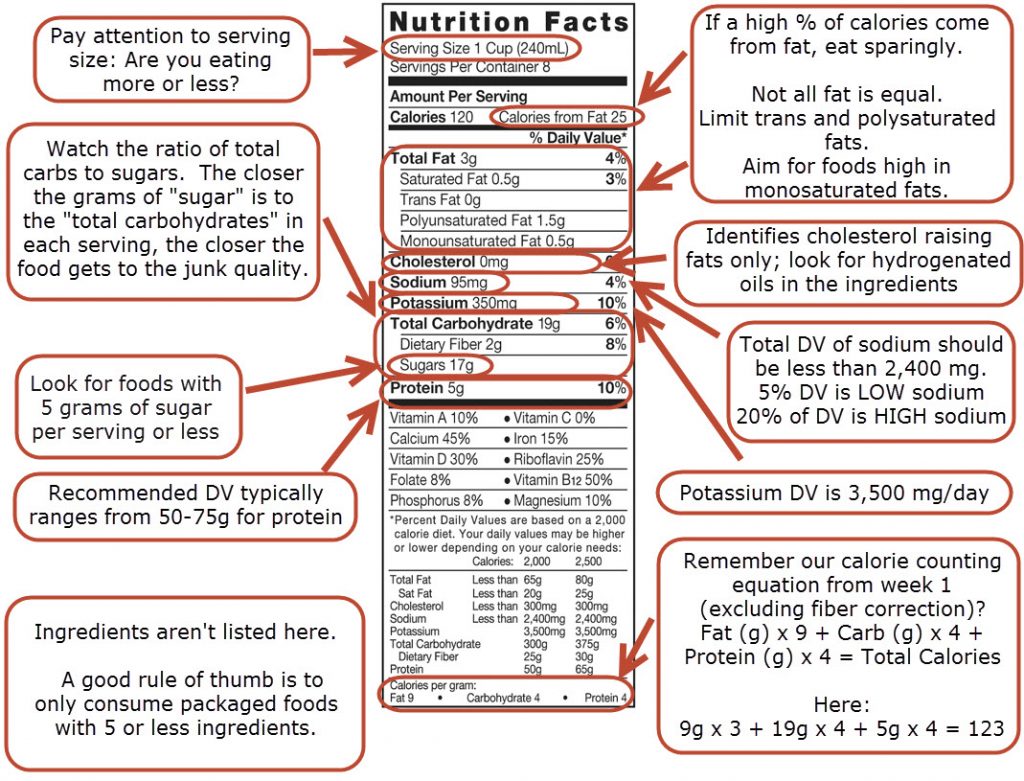38 how to understand food labels uk
How to understand food labels | Eat For Health The Nutrition Information Panel on a food label offers the simplest and easiest way to choose foods with less saturated fat, salt (sodium), added sugars and kilojoules, and more fibre. It can also be used to decide how large one serve of a food group choice or discretionary food would be and whether it's worth the kilojoules. Food labelling and packaging: Overview - GOV.UK To sell food and drink products, the label must be: clear and easy to read permanent easy to understand easily visible not misleading You must show certain basic information and list the...
Food guidelines and food labels - NHS Food guidelines and food labels. Guidelines and advice about food and food labels, including the Eatwell Guide. Food labels. Water, drinks and your health. The Eatwell Guide. Red meat and the risk of bowel cancer.

How to understand food labels uk
Food labelling - Food and nutrition | NHS inform Food labels should also show an ingredients list with the most common allergens clearly emphasised so they stand out from the other ingredients. Allergen labelling Food producers must emphasise allergens within the ingredients listed on the label of pre-packed foods. To do this, they might: use bold, underline or italics 10 tips for understanding food labels - Heart Matters magazine Here are 10 easy tips to help you read back-of-packet labelling: 1. Read the ingredients list Most pre-packaged foods have an ingredients list on the back of the packet. Everything that goes into your food will be listed in weight order from biggest to the smallest. Do Britons know what food quality labels mean? | YouGov Some 82% of people recognise this label - including 37% who say they think they know exactly what it means. Another 74% of Britons recognise the Red Tractor symbol, which is used on a variety of farmed goods including meat, dairy, and vegetable products, and means products can be traced to their farm of origin.
How to understand food labels uk. Supermarket Food in the UK Could Soon Have Eco-Labels Scarborough told BBC News he has hope that the findings will result in eco-labeling of foods, but thinks that the food industry using the information to reduce its environmental impact would be the most beneficial result. "It fills a huge gap. Manufacturers, caterers and retailers have targets for reaching net zero [emissions] and they don ... PDF Understanding of Food Labelling Terms - Food Standards Agency Understanding of Food Labelling Terms Used to Indicate the Absence or Reduction of Lactose, Milk or Dairy 7 their understanding was also hindered by a lack of clarity about the meaning of the... How do you read a food label? | World Cancer Research Fund How do you read food labels? Traffic light labels show the amount of fat, saturated fat, sugar and salt in food, colour-coded according to whether there is a high (red), medium (amber) or low (green) amount. What about the ingredients? If there is a list of ingredients, these are listed by weight, from highest to lowest. Food labels too complicated for most shoppers to understand - new research And food labels play a role in this - but manufacturers need to present this information in clear and easy to understand formats to be useful - as most people don't have hours to mull over the...
Reading labels | Diabetes UK Key points Always look at the 'total carbohydrate' on the label when carb counting. This will make sure you are counting both the complex (starchy) and simple (sugary) carbs in your food. Both will raise your blood glucose (blood sugar) levels, and need to be matched with insulin. How to Read a Food Label | Atkins Here's what you should be aware of on a nutrition label: Serving size (if you have more than one serving, be sure to add in the carbs) Total carbohydrates expressed in grams. Amount of dietary fiber expressed in grams (subtract from total number of carbs to get the net carb count) Sugars expressed in grams. Understanding Food Labels Guide | World Cancer Research Fund UK Our simple A5 guide makes it easy to understand nutrition labels on food and drink packaging. It also includes a handy credit card-sized mini-guide for you to use while out shopping. Our guide explains the terms used on food labels including serving size, nutrients, reference intakes and traffic light labels. Food labels - NHS Most pre-packed foods have a nutrition label on the back or side of the packaging. These labels include information on energy in kilojoules (kJ) and kilocalories (kcal), usually referred to as calories. They also include information on fat, saturates (saturated fat), carbohydrate, sugars, protein and salt.
How To Read Food and Beverage Labels - National Institute on Aging The U.S. Food and Drug Administration (FDA) requires a Nutrition Facts label on most packaged foods and beverages. At the top of the Nutrition Facts label, you will find the total number of servings in the container and the food or beverage's serving size. The serving size on the label is based on the amount of food that people may typically ... How to Understand and Use the Nutrition Facts Label | FDA - U.S. Food ... It's important to realize that all the nutrient amounts shown on the label, including the number of calories, refer to the size of the serving. Pay attention to the serving size, especially how ... Food labelling - get into the habit of checking the label Look for five key points on the label: 1. Energy The terms 'kJ' and 'kcal' (calories) tell you how much energy is in a product. Women need an average of 2,000 kcal a day and men need 2,500 kcal on average. 2. Saturates Saturates is another word for saturated fat. This section tells you about the amount of saturated fat in the product. 3. Salt General food labelling | The Food & Drink Federation General food labelling. Food labelling is an important means of providing essential information to consumers. This includes details on a food's ingredients, composition, durability, storage and preparation requirements, any safety related information and identification of the manufacturer. Detailed rules are laid down in law on what food ...
Looking at labels - British Nutrition Foundation Using the government scheme, a combination of colour coding (traffic lights) and nutritional information is used to show, at a glance, whether a product is high (red) , medium (amber) or low (green) in fat, saturated fat, salt and sugars, and how much energy (calories and kilojoules) it provides.
Understanding Food Labels - Online Course - FutureLearn You'll also gain a better understanding of food labelling regulations, as well as the claims food producers are allowed to make. Disclaimer: The course content is for educational purposes only. Information and opinions contained in the course content are as of the release date 7th September 2020.
Understanding food labels | Diabetes UK The labels show how many calories are in the food or drink and are also colour coded to show whether the food is low (green), medium (amber) or high (red) in fat, saturated fat, sugar and salt. The information on the front of the pack also tells you how the portion of the food contributes to the Reference Intake (RI) of an adult.
Food labelling: giving food information to consumers - GOV.UK Labelling pre-packed food Add information about country of origin and special storage conditions Label allergens List the ingredients Give a quantitative ingredients declaration (QUID) Show the...
Why food labels are too complicated for shoppers | The Independent ... And food labels play a role in this - but manufacturers need to present this information in clear and easy to understand formats to be useful - as most people don't have hours to mull over ...
The Importance of Food Labels | Requirements for Packaging Food labels are a legal requirement and they are important for many reasons. They help consumers make informed choices about the food they buy, help them to store and use it safely and allows people to plan when they will consume it - all of which help to reduce food wastage. The rest of this article will explain why the label requirements ...
How to Read Food Labels Without Being Tricked - Healthline A good rule of thumb is to scan the first three ingredients, as they make up the largest part of what you're eating. If the first ingredients include refined grains, a type of sugar, or...
Are you being fooled by food labels? - BBC Food In the UK this label means the product must have less than 3g of fat per 100g. But when producers take out fat they often pile in sugar. Studies have shown that a 'low fat' label can trick us into...
How to decode a food label - BBC Future Some nations, like the UK, have a traffic light system for nutrition that expresses how healthy a processed food is in terms of fat, saturates, sugars and salt, using the colours red, amber and...
Food labels - Coeliac UK Manufacturers are given guidance by the Food Standards Agency on when to label a product with a 'may contain' statement. They may use labelling such as: may contain traces of gluten. made on a line handling wheat. made in factory also handling wheat. not suitable for people with coeliac disease/a wheat allergy due to manufacturing methods.
Labelling | Food Standards Agency Guidance on the health and identification marks that must be applied to products of animal origin (POAO), such as meat, egg products, fish, cheese and milk. Importing fruit and vegetables Guidance...
Do Britons know what food quality labels mean? | YouGov Some 82% of people recognise this label - including 37% who say they think they know exactly what it means. Another 74% of Britons recognise the Red Tractor symbol, which is used on a variety of farmed goods including meat, dairy, and vegetable products, and means products can be traced to their farm of origin.
10 tips for understanding food labels - Heart Matters magazine Here are 10 easy tips to help you read back-of-packet labelling: 1. Read the ingredients list Most pre-packaged foods have an ingredients list on the back of the packet. Everything that goes into your food will be listed in weight order from biggest to the smallest.
Food labelling - Food and nutrition | NHS inform Food labels should also show an ingredients list with the most common allergens clearly emphasised so they stand out from the other ingredients. Allergen labelling Food producers must emphasise allergens within the ingredients listed on the label of pre-packed foods. To do this, they might: use bold, underline or italics






/arc-anglerfish-tgam-prod-tgam.s3.amazonaws.com/public/UPYYQJMQERBQJHNK5OZYDTC7MI)







Post a Comment for "38 how to understand food labels uk"